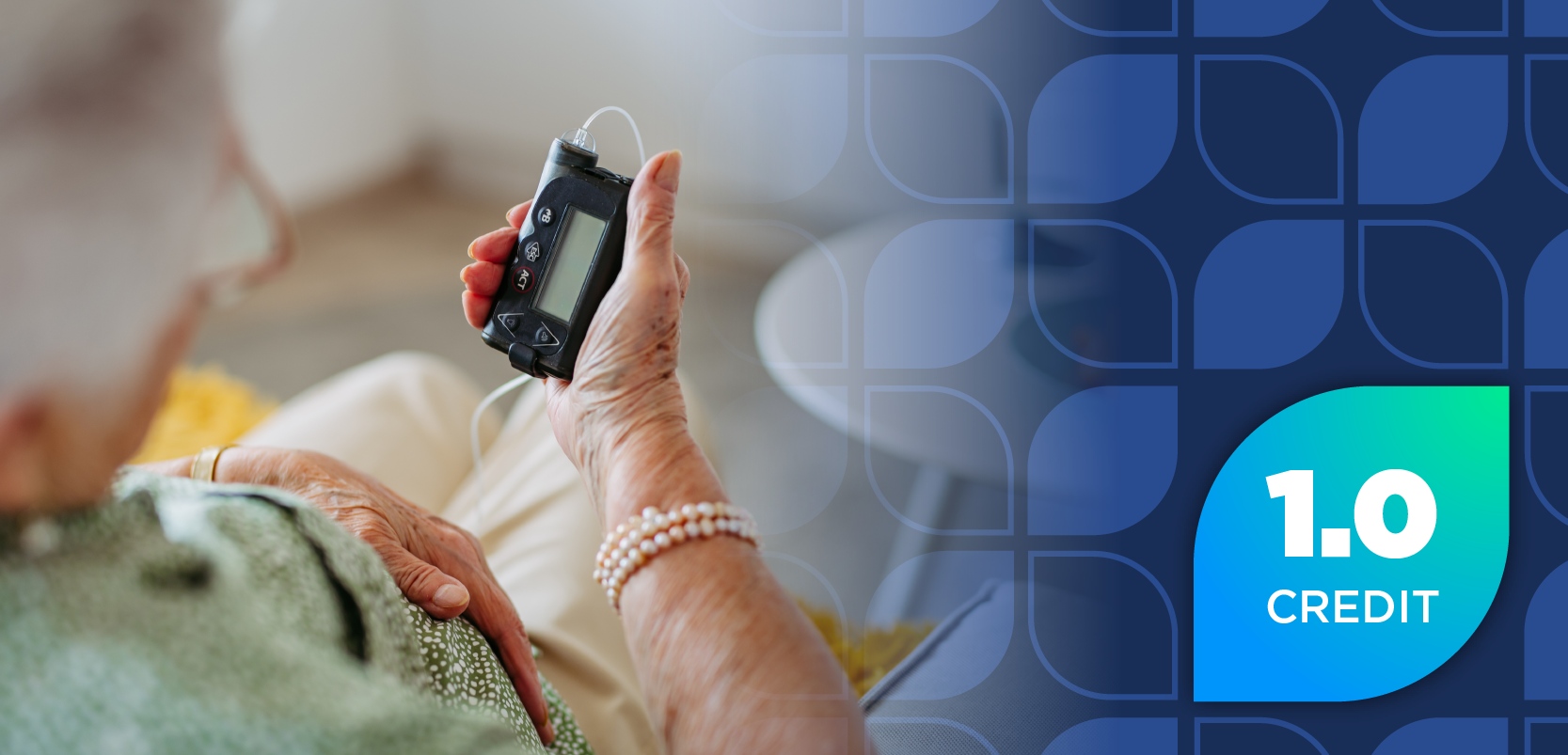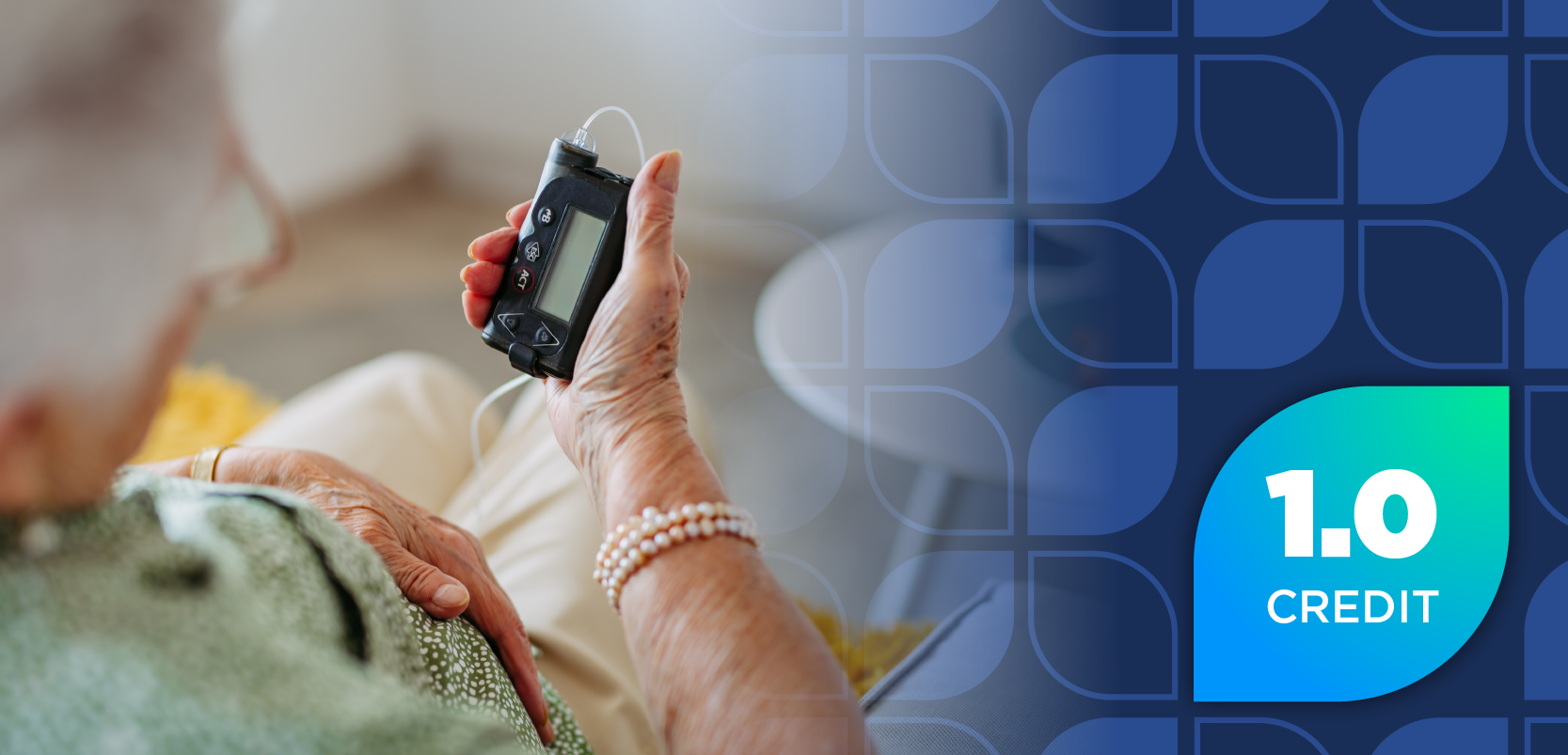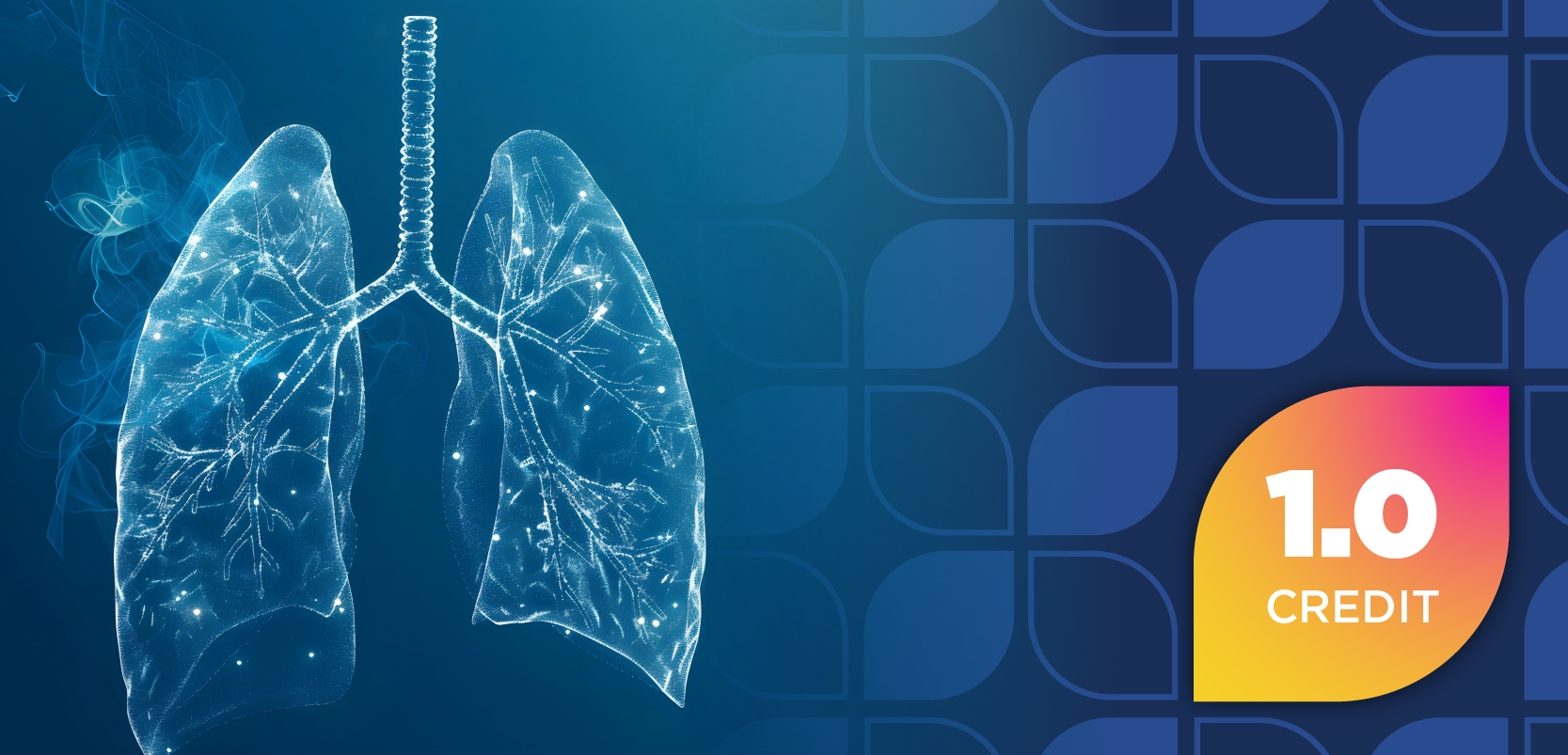
Evaluating Antibiotic Dispensing in Pakistan: A Pharmacy Student Perspective
Key Takeaways
- Inappropriate antibiotic use in Pakistan is prevalent, with 87% of pharmacies dispensing without prescriptions, often for non-bacterial conditions.
- The WHO AWaRe classification highlights the misuse of "Watch" antibiotics, emphasizing the need for better antimicrobial stewardship.
Pharmacy students in Pakistan confront antibiotic misuse, highlighting urgent need for stewardship to combat antimicrobial resistance and protect public health.
As a final-year pharmacy student in Peshawar, Pakistan, I have observed both the potential and the challenges of pharmacy practice in my country. One issue that continues to be a dangerous threat to the health system is the inappropriate use of antibiotics. From community pharmacies to doctors' clinics, antibiotics are mostly dispensed without a physician's prescription.
This major problem led me to focus my final-year project (FYP) on antibiotic dispensing patterns using the World Health Organization (WHO) AWaRe classification as a guide. The project results were in line with the assumption we made.
Why Is This a Bug Deal?
In Pakistan, antibiotics are accessible without a proper prescription for everyone. Against this background, it becomes clear why improper antibiotic dispensing deserves special attention.
The World Health Organization (WHO) identified AMR as one of the ten most significant threats to global health. Antibiotics are widely available in low- and middle-income countries (LMICs) without a prescription, mostly because there are fewer laws or insufficient enforcement of those that do exist. Pakistan ranks third among LMICs in terms of antibiotic use. Urban pharmacies sell over one-third of antibiotics without a valid prescription1. Patients can get any antibiotic by requesting a pharmacist or a pharmacy technician working in pharmacies. For example, a patient with a viral flu might insist on getting an antibiotic, believing it is the fastest solution. And no one refuses to give an antibiotic to a patient.
While this may satisfy patients in the short term, it has devastating long-term consequences:
- Inappropriate use of antibiotics leads to the development of resistant bacteria.
- A mild infection becomes difficult to treat.
- Reserved antibiotics lose their effectiveness, leaving fewer options for critically ill patients.
As pharmacy students, we have studied the science of antimicrobial resistance, but seeing how it works in real communities was both shocking and concerning.
Using the WHO AWaRe Classification
In 2017, the WHO categorized antibiotics into three distinct groups to promote rational prescribing and dispensing: Access, Watch, and Reserve (AWaRe) antibiotics2.
Methods
For my final-year project (FYP), we conducted a simulated client study in Peshawar. One hundred pharmacies were visited to assess dispensing patterns according to the WHO AWaRe (Access, Watch, Reserve) classification. We recorded the types of antibiotics dispensed, conditions presented, and whether a prescription was required.
Results
Our findings highlighted both the strengths and weaknesses of the current system. Many clients requested antibiotics even for conditions such as sore throats, coughs, and viral fevers, where they were not necessary.
The simulated client visited 100 pharmacies, of which 87 dispensed antibiotics without a prescription. The most suggested antibiotics for pharyngitis/ sore throat were Azithromycin (n = 25, 58.1 %), doxycycline hyclate (n = 9, 20.9%), and Co-amoxiclav (n = 4, 9.3%), with 93.3% of medications dispensed without a prescription for pharyngitis/ sore throat.
Metronidazole (n = 9, 50.0%) and ciprofloxacin (n = 6, 33.3%) were the most often administered medications for acute diarrhea.
For otitis media, 25.7 % cases refused to be dispensed an antibiotic without a prescription.
The antibiotics dispensed without prescription were 92% on Demand Level-I, while 6.8% and 1.1% on Demand Level-II and Demand Level-III, respectively.
The antibiotics dispensed without prescription were 66% from the “Access” class and 33.2% were from the “Watch” class, while there were no drugs dispensed from the “Reserve” class.
These findings were a relief in one sense—at least Reserve drugs were not being misused—but they also highlighted how often Watch-group antibiotics were being given inappropriately.
Why Does This Matter?
These findings point to urgent implications for healthcare policy and practice. Our study suggested the urgent need for antimicrobial stewardship in Pakistan. If current graphs continue, more resistant infections will rise, leading to increased hospital stays, costly treatments, and more deaths, which were once preventable.
The AWaRe framework is not just a classification system—it is a solid way to train and educate healthcare providers and patients, guiding appropriate use of antibiotics. For pharmacists, it gives a structured way to balance patient needs with global public health priorities.
Personal Reflection
Working on this project has been one of the most rewarding parts of my pharmacy education. It taught me that research is not only about numbers and statistics but about people, behaviors, and systems.
I also realized that student pharmacists can be agents of change. By raising awareness, counseling patients, and advocating for rational medicine use, we can help slow the tide of AMR.
This experience gave me a stronger sense of responsibility as I prepare to graduate. It reinforced the idea that pharmacists are not just dispensers of medicines—we are guardians of safe and effective medication use.
Future Prospects
As I move forward in my career, I hope to continue working in areas that promote rational drug use, whether in clinical pharmacy, research, or policy. The lessons I learned through my FYP will stay with me, reminding me of the importance of both scientific knowledge and human compassion.
REFERENCES
1. Khan, F.U., Khan, F.U., Sajjad, A.et al.Pattern of antibiotic dispensing at pharmacies according to access, watch, reserve (AWaRe) classification: multicenter study after COVID-19 waves in different districts of Pakistan. BMC Res Notes 18, 38 (2025). https://doi.org/10.1186/s13104-024-07030-0 .
2. World Health Organization. (2017). The selection and use of essential medicines: report of the WHO Expert Committee, 2017 (including the 20th WHO model list of essential medicines and the 6th model list of essential medicines for children). World Health Organization. https://iris.who.int/handle/10665/259481 .
Newsletter
Stay informed on drug updates, treatment guidelines, and pharmacy practice trends—subscribe to Pharmacy Times for weekly clinical insights.


















































































































































































































